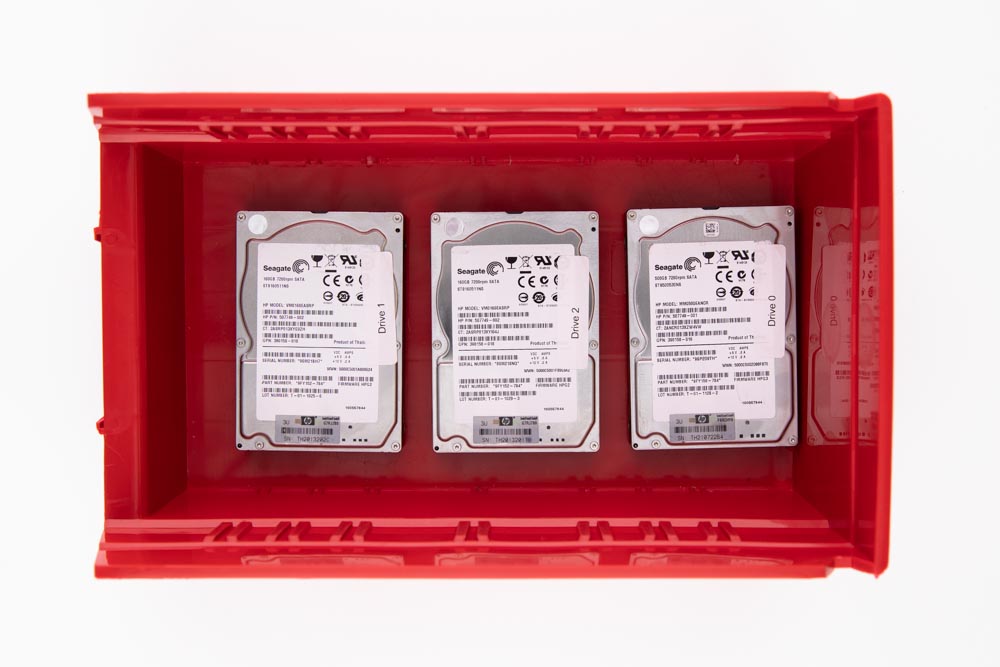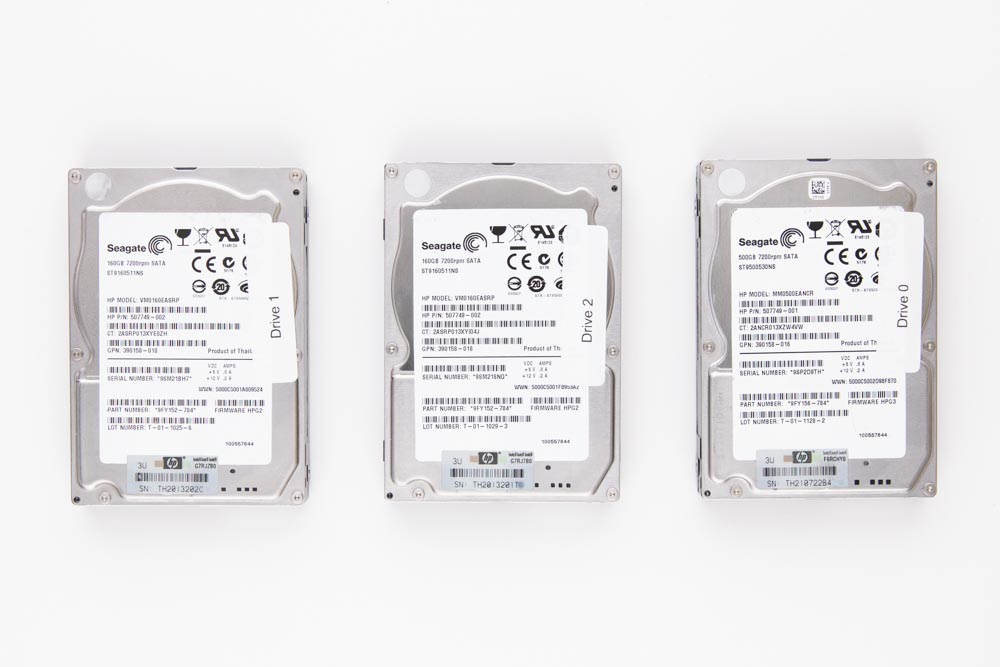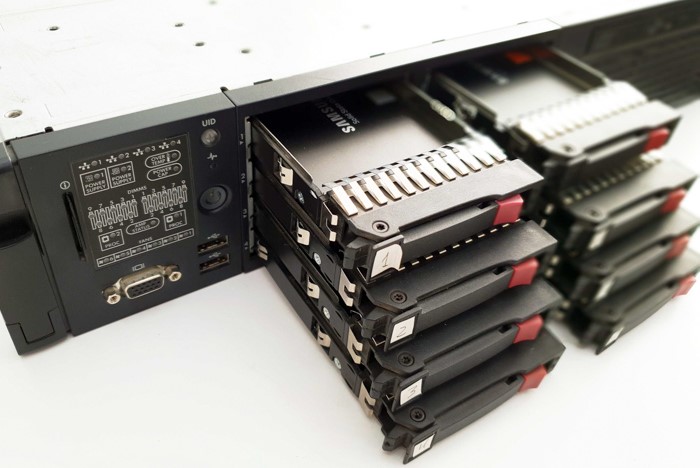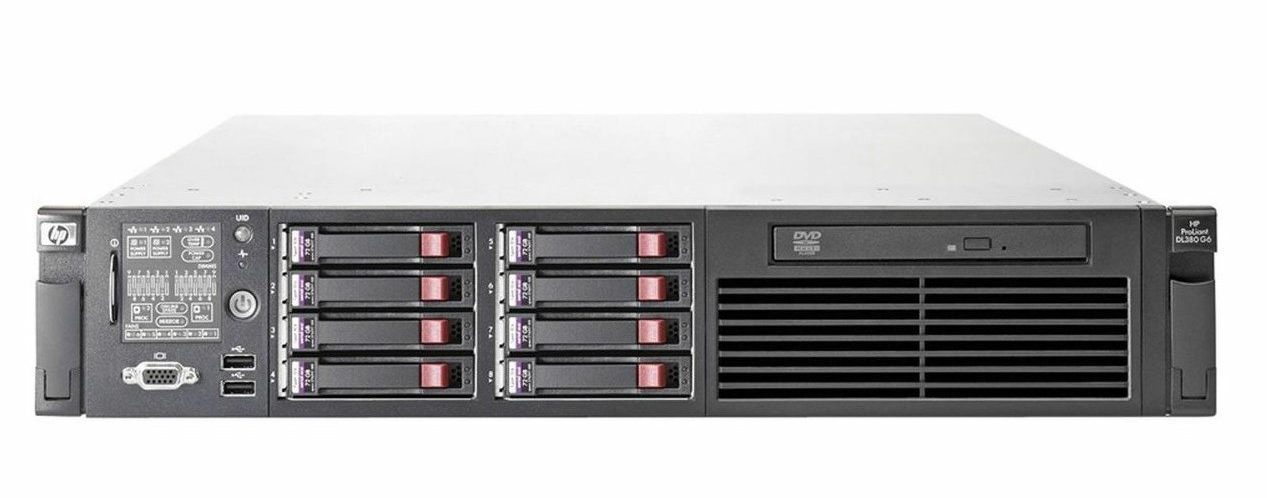HPE ProLiant servers are high-tech products that provide excellent performance, configuration flexibility, management, and reliability. A wide choice of platforms in the DL, ML, BL, SL, and MS lines allows choosing the optimal solution for an enterprise of any size.
All models of this generation are equipped with DDR4 DIMMs and support up to two processors. The entry-level HP ProLiant sixth-generation G6 server lineup delivers high performance and a reasonable price ratio.
Like most other HP products, the ProLiant G6 line is distinguished by various trim levels and form factors. Servers in the rack, tower, and blade formats are designed to perform multiple tasks.
HP ProLiant Hardware Failure
The function of a hard drive in a server is different from the functions of disks used in desktops, laptops, and other computers. It is determined mainly by the task of the server, which in turn is integrated into some network. Accordingly, hard drives in servers must withstand a more significant load and serve more users than in standard computers.

A request to transfer data to a user or device can be issued at any time and should be processed with as few delays as possible. It means that the hard drive in the server must be functional and active at all times, while the hard drive of a typical computer can be put into standby mode when online access is not required.
At least two drives are installed in a RAID array to ensure high performance and reliability.

Regardless of how many servers’ hard drives are secure from failure, they can still fail. Most of the drive failures in servers’ hard drives are caused by bad blocks. They result in the hard drive not being able to read the data, and virtual machines fail to access all the essential files.
Recently we received a server data recovery request from an HP ProLiant user. The customer complained that the server did not start after the reboot, but all disks were in the normal state, and the array failed. They needed virtual machines running again under Hyper-V.
The client filled out a “Submit a Case” form on our website, and the recovery process started. He shipped his device to our laboratory for the evaluation and recovery process.

HP ProLiant Bad Blocks Recovery
During the diagnostics, bad blocks were found on two disks. A comparison of mirrored disks revealed desynchronization.
Bad blocks on the HDD are unreadable by the standard ATA command for reading a sector on an attempt to access which the drive returns an error bit, most often UNC – an uncorrectable read error.
Firstly our engineers analyzed the location of the bad sectors, whether they are grouped around a particular head or scattered randomly. In the first case, to repair the hard drive, we would have to turn off the magnetic heads and run a factory self-test cycle.
As the bad blocks were placed randomly, we ran a self-scan in an attempt to correct the situation. During the self-test of the hard drive, adaptive tables were reconfigured, and defect lists relevant to the current state of the media were created as well. All the data were recovered and transferred on a correctly functioning hard drive. The next step was to restore the RAID array so the virtual machines could access all the documents.
Depending on the chosen algorithm for building a RAID in your server, the data in the array is either protected or not. In the client’s case, he was using mirroring all his data were secure. But as the process was desynchronized, the virtual machine could not function.

HP ProLiant Hyper-V Recovery
The RAID 0 type is a striped array of physical media. It shows good performance due to its high read-write speed. The operating system and virtual machines can not read data from RAID 0 with failed hardware. Thus this type of failure is very critical to level 0 RAID.
In this case, we had to synchronize the mirroring process in order to restore the virtual machine.

Using our advanced recovery option and years of experience, we were able to emulate the RAID controller function and restore all the data.
The Hyper-V virtual machine started booting correctly as soon as we assembled all the hard drives in the RAID array and placed them in the HP ProLiant server.
He reviewed all the recovery processes and approved our data retrieval services. Contact PITS Global Data Recovery Services at (888) 611-0737 to request our professional solutions if you face any server malfunction.
